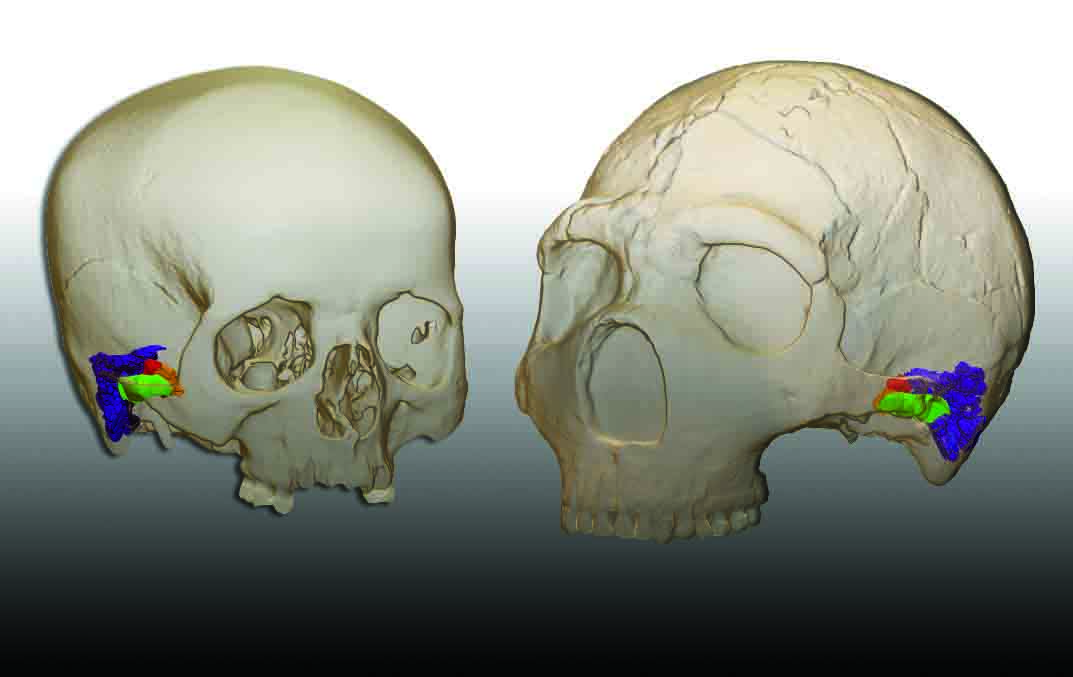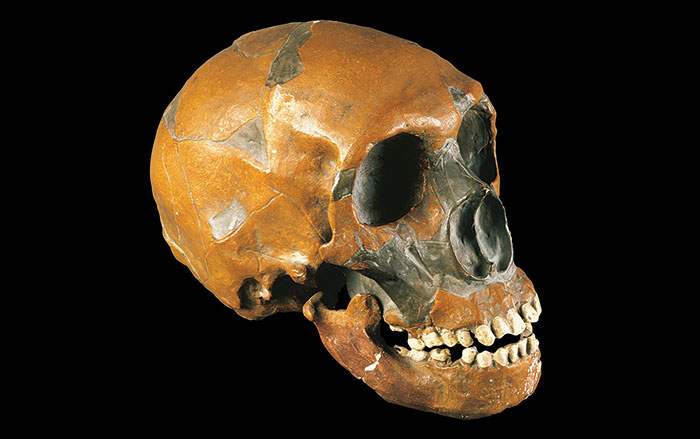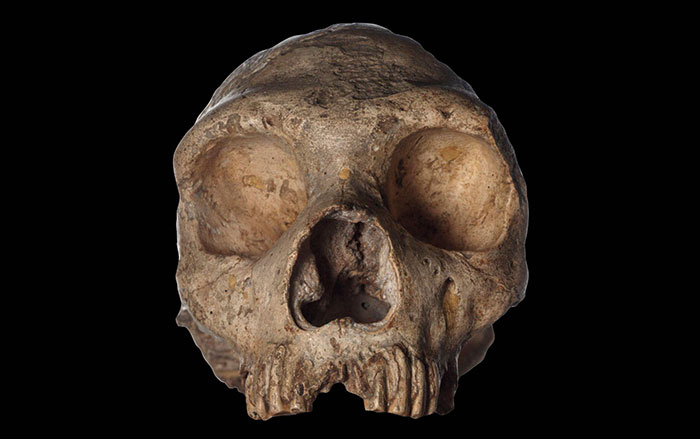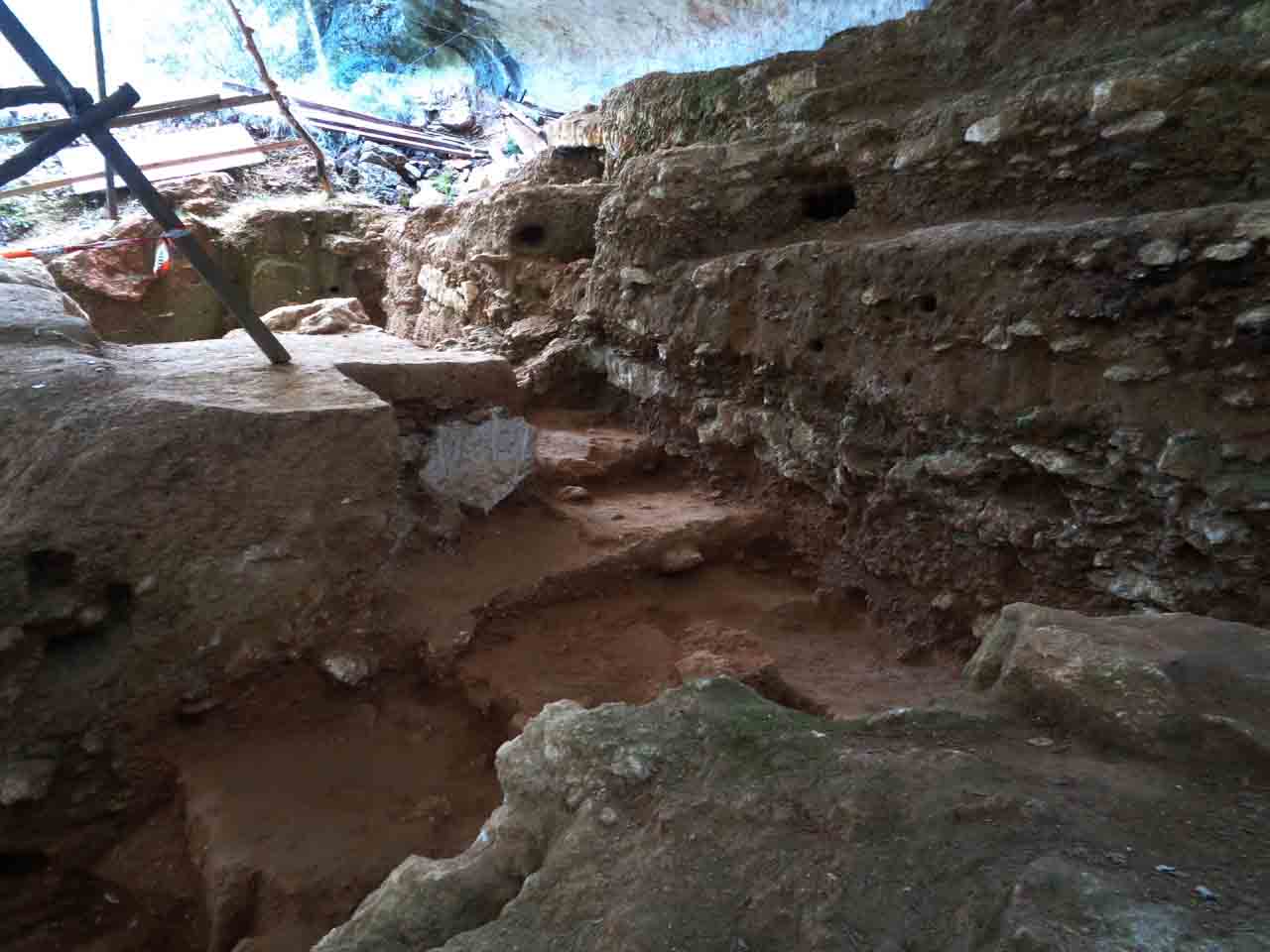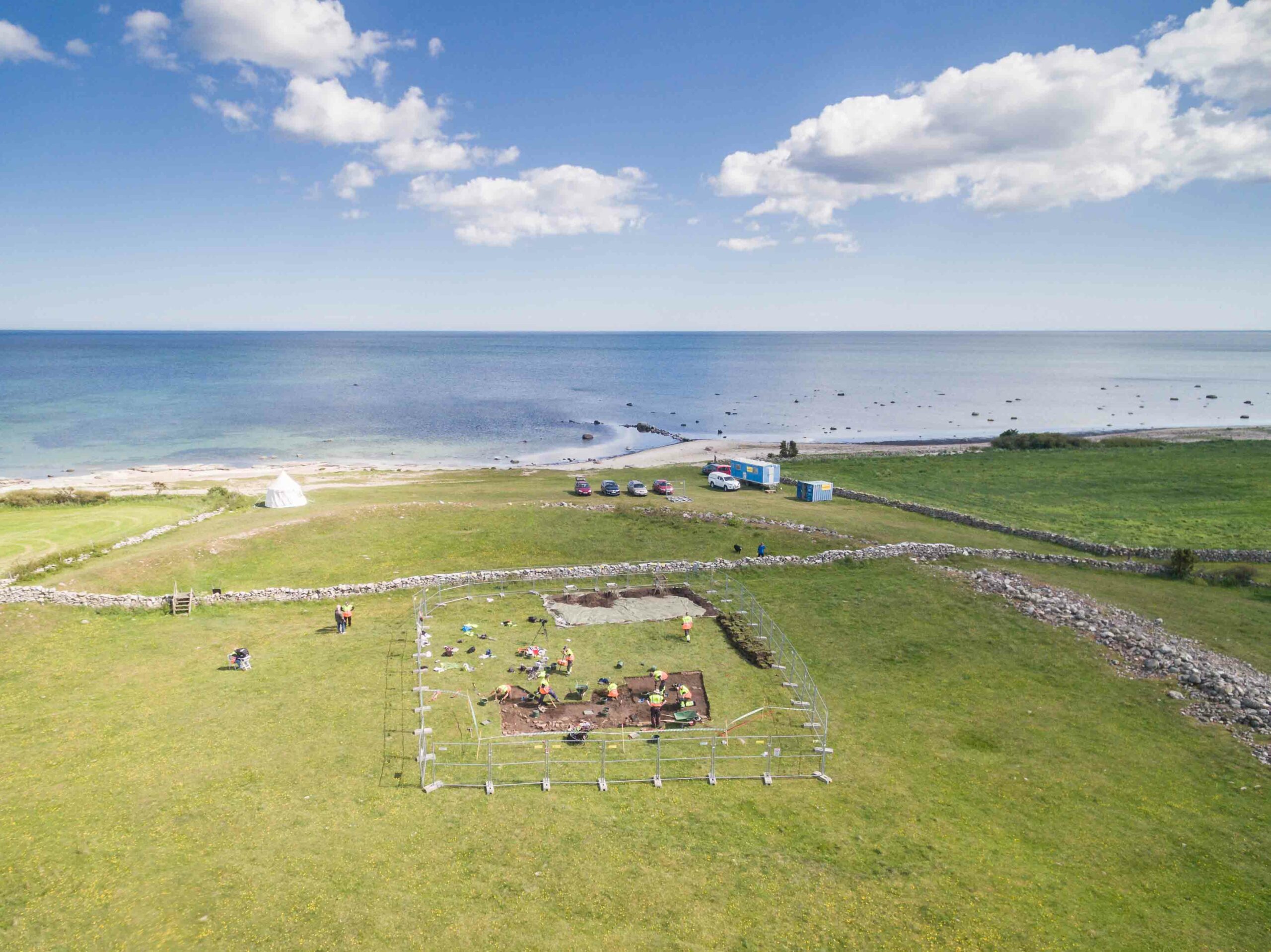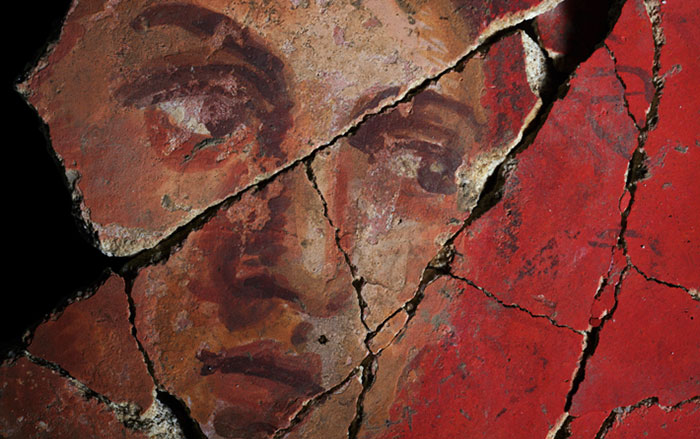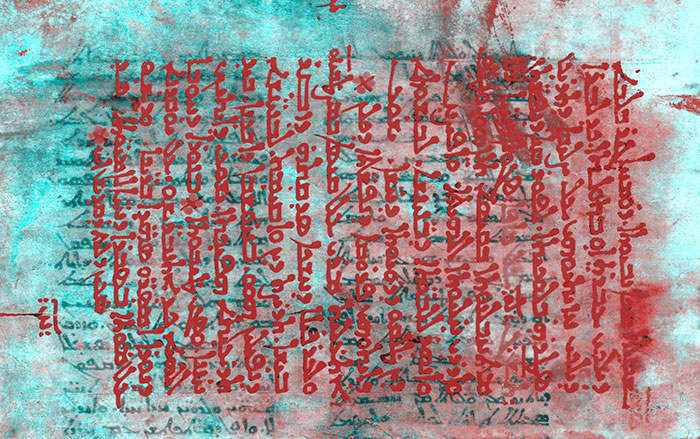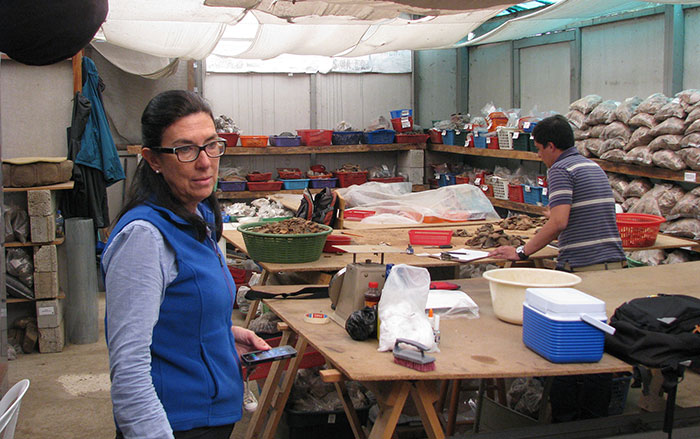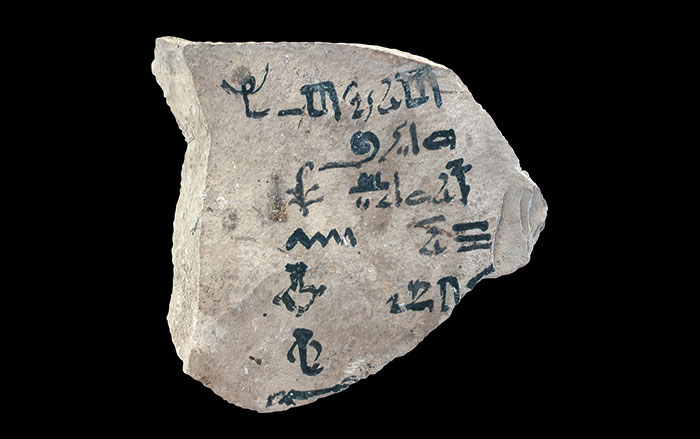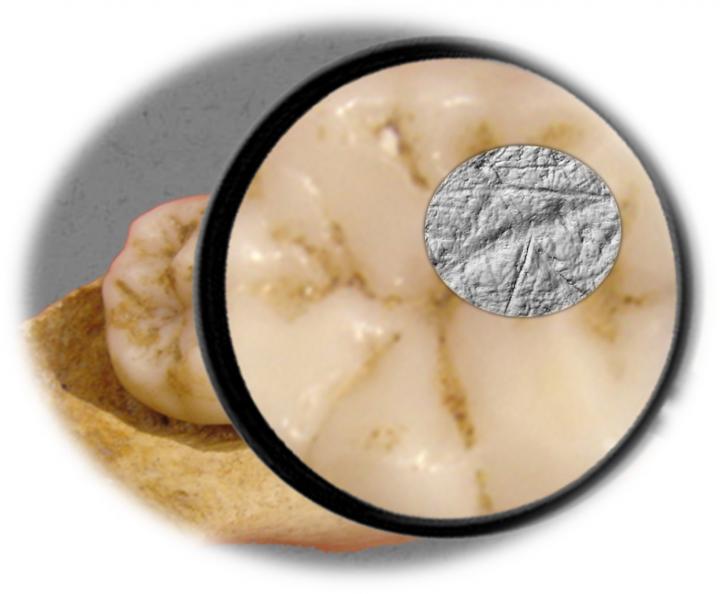
TÜBINGEN, GERMANY—A team of researchers led by Sireen El Zaatari of the University of Tübingen examined the fossilized molars of 52 Neanderthals and modern humans from the Upper Paleolithic. They analyzed the microscopic wear and tear on the teeth to try to determine what the Neanderthals and modern humans ate, and how their diets related to the environment at the time. According to a report in International Business Times, the scientists found that the Neanderthals’ diet varied in response to what was readily available in the environment, while the diet eaten by modern humans was less affected by slight changes in climatic conditions. The Neanderthals are thought to have eaten more meat when they lived in open, cold steppe environments, and more plants, seeds, and nuts when living in forests. The modern humans are thought to have stuck with a more plant-based diet. “To be able to do this, they may have developed tools to extract dietary resources from their environment,” said El Zaatari. For more, go to "Decoding Neanderthal Genetics," which was one of ARCHAEOLOGY's Top 10 Discoveries of 2014.


